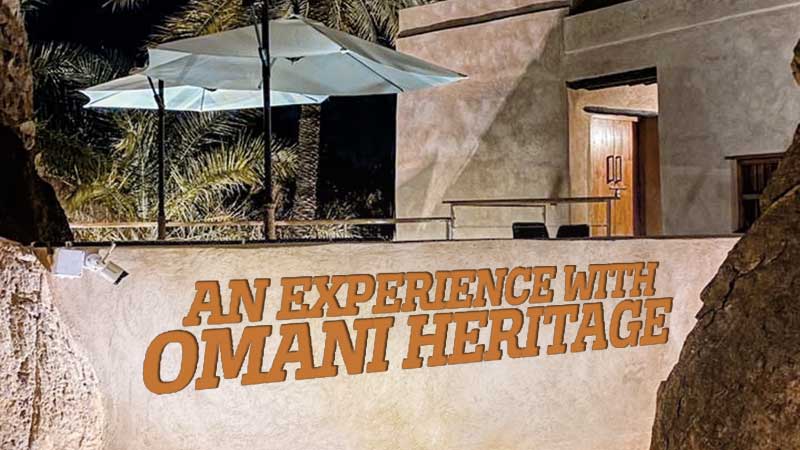




One of the main challenges when Oman set out on its Renaissance journey was the preservation of the country’s heritage and culture.
And there has not been any compromise that development and modernity, in any means, obliterate the country’s glorious tradition.
The Omani authorities represented by the Ministry of Heritage and Tourism has relentlessly been making efforts with focus on heritage tourism to provide visitors with authentic experience of places, artefacts and activities that represent the past and present including cultural, historical and natural resources.
The mountain oasis village of Misfat Al Abriyeen, located 1,000 meter above the sea level in the Wilayat of Al Hamra in Al Dakhiliyah Governorate, is an attractive tourist destination due to the many features that make it a wonderful experience for any visitor.
The village that boasts amazing agricultural terraces, beautiful alleys, and old houses built on top of solid rocks has now been transformed following the implementation of the first phase of the Heritage and Tourism Development Plan produced by the University of Liverpool’s Centre for the Study of Architecture and Cultural Heritage of India, Arabia and the Maghreb (ArCHIAM).
Along with its firm belief that youngsters have more potential in preserving the intangible heritage and the need to instil its significance within them, many programmes have been rolled out with an aim to transfer the heritage from one generation to the next.
While rejuvenating Misfat Al Abriyeen, three traditional houses in the village have been adaptively reused to accommodate tourism-related facilities, while connecting pathways with rehabilitation of open spaces.
The project constitutes the Phase-1 implementation of the Heritage and Tourism Development Plan produced by ArCHIAM, an initiative promoted by Oman’s Ministry of Heritage and Tourism, funded by Bank Muscat and led by the local community cooperative, Misfat Al Ahlia.
The main access gate has been converted into an information centre, while one house is set to host a breadmaking and training facility, another few meters away has been developed as a small restaurant, and the civic space linking the two buildings, known as Harat ash-Shua, has been reorganised.
Uniquely, this project integrates heritage management with development and aims to sustain the livelihood of the local community through key revenue-generating initiatives.
The Rogan Café, an initiative by three young Omanis from the village, recently opened within the restaurant building and is already a popular destination amongst visitors to Misfat.
Rogan is the name of a fort built before the advent of Islam by Iranians.
“We wanted to retain this historic name with the café so that visitors to the Misfat Al Abriyeen will remember the fort and its rich history”, said Abdulrahim bin Hamed bin Abdullah al Abri, one of the partners of the café.
Excited about the launch of the café and the overwhelming response that the joint venture by the young Omanis, Abdul Rahim said that they have plans to open more outlets in the same name at other places.
“We have a good number of visitors including Omanis and expatriates to the café. But due to the restrictions following the coronavirus pandemic, there are no international visitors at present”, he said.
In a recent article published by the University of Liverpool, Professor Soumyen Bandyopadhyay, Director of ArCHIAM and Head of the Liverpool School of Architecture, said: “The implementation of the Misfat Tourism Development Plan has pioneered a community-led public and private partnership approach to heritage tourism in Oman.
The continued habitation of Misfāt poses a number of challenges as well as opportunities to the project, the resolution of which is expected to serve as a regional model for the engagement with traditional communities.
Two core factors must be taken into account in this effort:
The local community, which expects a raising of their living standards and infrastructural improvements though governmental support.
The visitor community, which expects to be given an experience of Omani culture and the traditional lifestyle.
SAMUEL KUTTY
@samkuttyvp
Oman Observer is now on the WhatsApp channel. Click here



